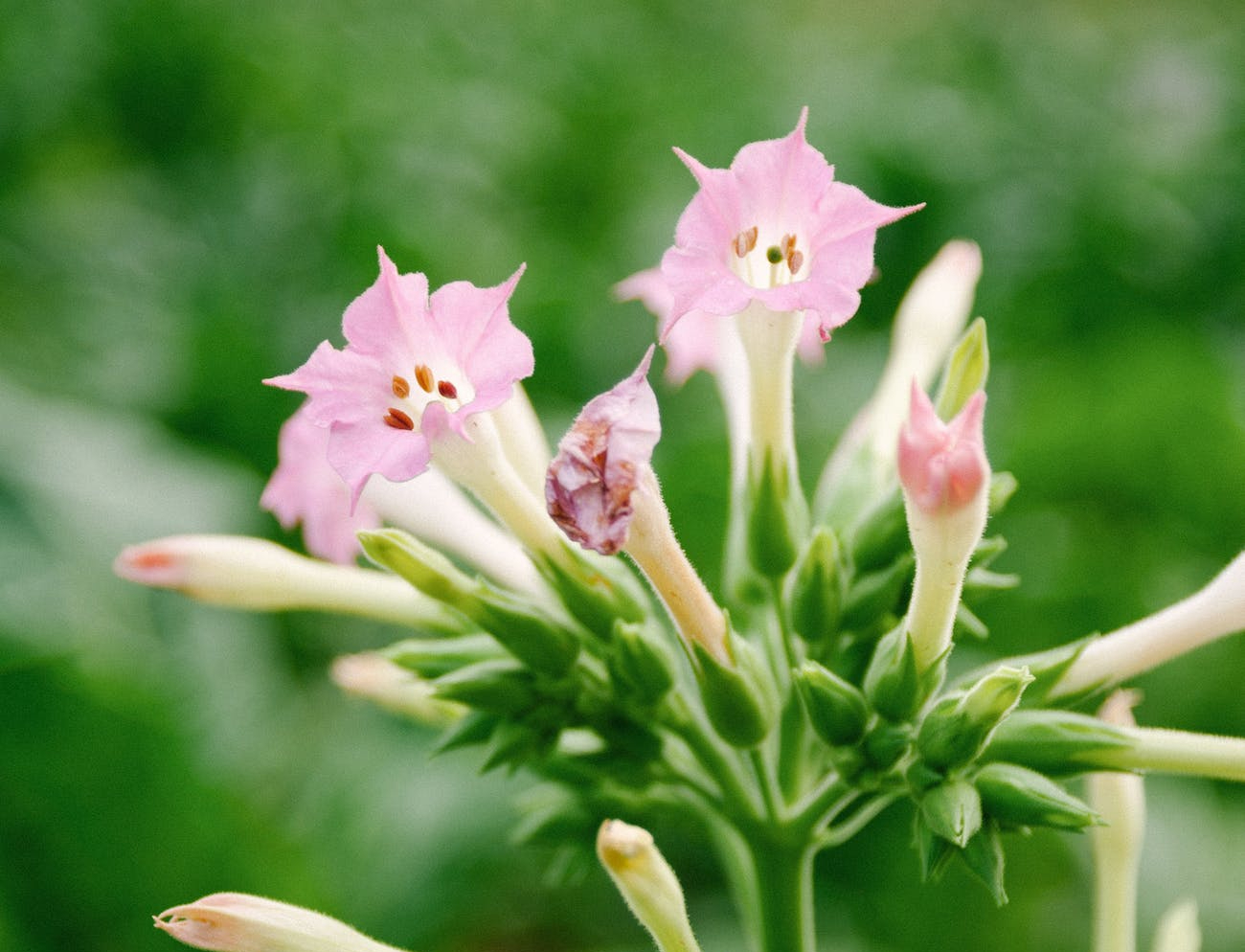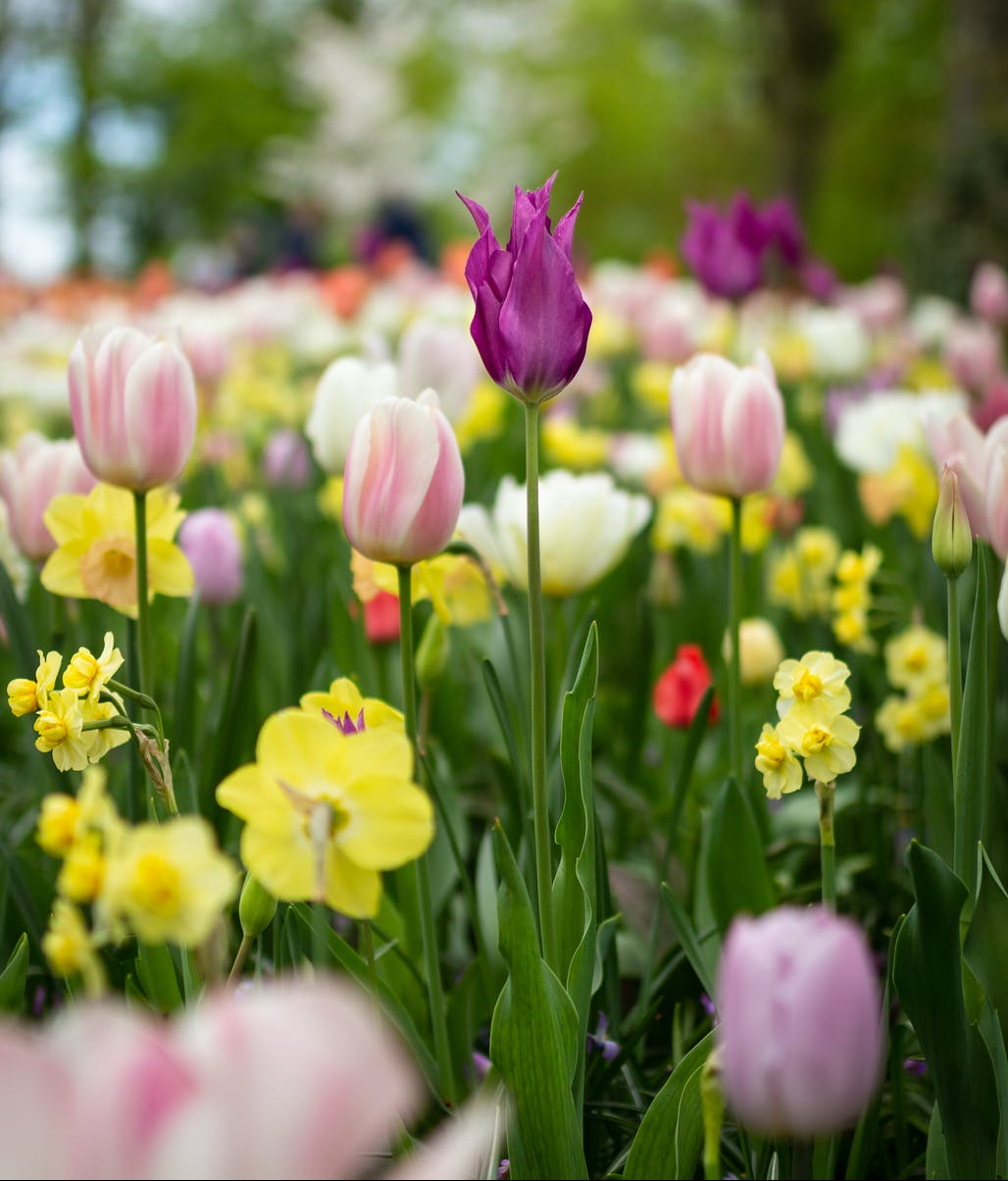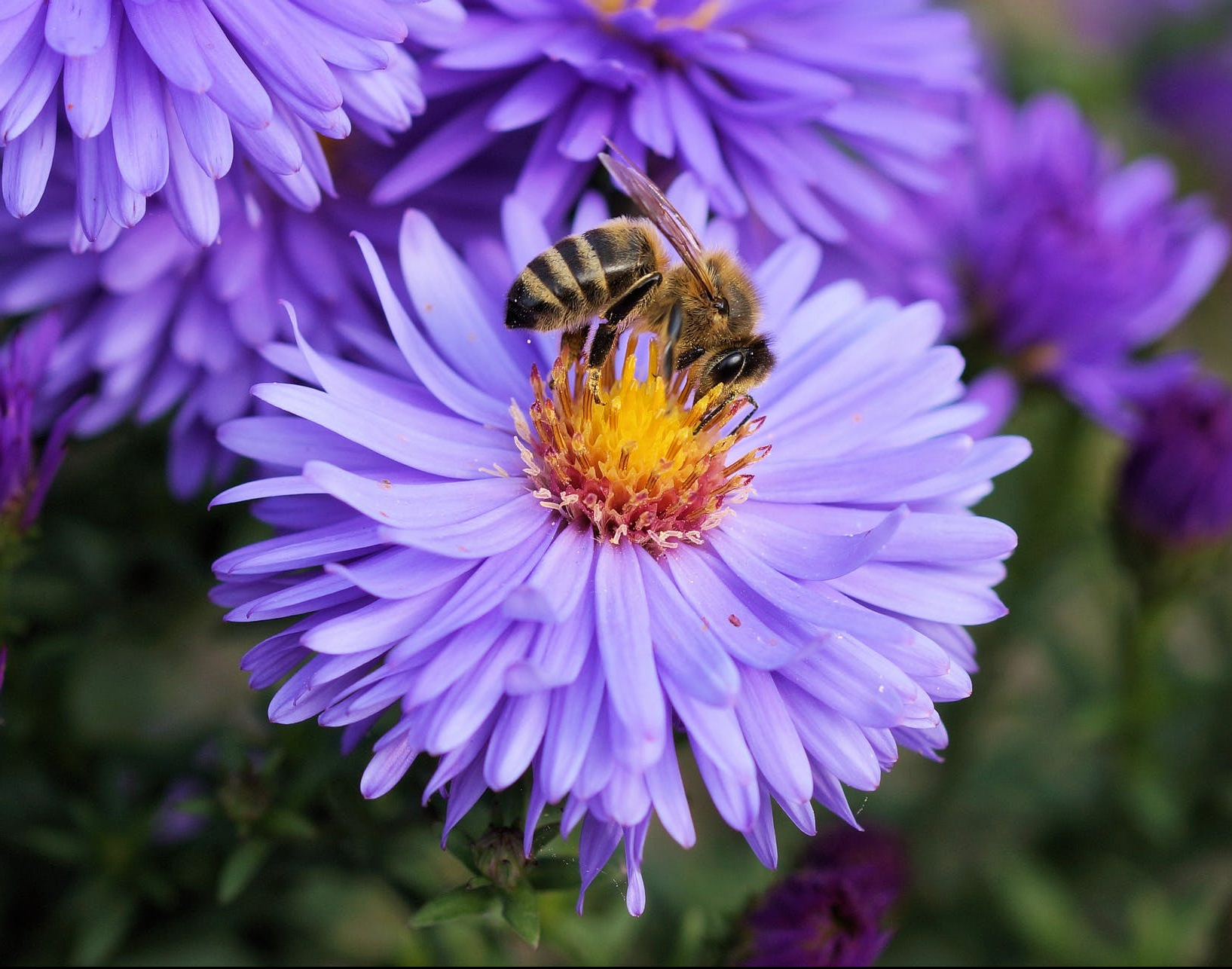It is now mid-April; we are well into Spring at this point. Looking outside, I am completely astonished by the beautiful and ostentatious colours displayed by the flowers peeking through the ground. Also, I cannot overlook the smell; it is truly incredible. Nature has finally come back to life. Even though I will have to wait until well over mid-May for the first sign of leaves in the tree, I can momentarily rejoice in the early present that Mother Nature is giving us.


Flowers, peeking through the soil, seem to exist as both fragile and tenacious entities. Although we could not see them for most of Fall and the entire Winter, parts of them have survived. The surviving part will, yet, vary depending on the kind of plant they are. Annuals will die every year but will leave behind their fertilized seeds to replant and grow sprouts. As for perennials, when freezing hits, some of their parts will begin a decaying process, yet their root network will survive even through the harshest of times. As soon as the warmth—typically brought by Spring—makes its first appearance, the roots will awaken and contribute to the renewal of all lost parts.
Thinking about flowers, often enough, evokes the image of gardens in our mind. They are so glorious that it is not surprising at all to have people willing to spend good money just for their mere sight. Two options lay in front of us to gain access to such treats. We could opt to build a personal garden, our very own little piece of paradise, or we could easily book a visit to our local botanical garden. If you decide to proceed in creating your very own tiny patch, you’ll certainly have to spend a lot of elbow grease to structure it. Yet, there are no set rules which define the perfect constitution of a garden. Still, with some advice, we can certainly create a fair-looking one.
If there is one thing you must keep in mind when dealing with flowers is the advantages offered by each of the two kinds presented before, perennials and annuals. To avoid headaches, use both: it will cut down planting time while maximizing blossoming time. Perennials will not need replanting every year. However, you will have to exert patience before seeing the fruit of all your labour. Perennials are reputed to take up to three years to reach their full potential. You will also have to remember after a few years to divide the plant. Failure to split the plants often enough could cause their flowers to acquire a dull colouring, parts could stop flowering entirely (especially at their centre), and they could also outgrow their designated spot. Spring is typically the preferred time to do the maintenance, but if you could not complete it within that period, you can still proceed to divide them safely at any other time. They are, decidedly, gifts that keep on giving.

As for annual flowers, they are quite interesting too. They, indeed, sadly require more effort to implement in our gardens, but they have honestly no parallel in terms of either blooming period or colourfulness. If you decide to make your garden entirely out of annual flowers, it would surely be a sight for sore eyes. However, that decision would imply that the work would need to be totally redone from scratch every year. The work that it involves would be, for me at least, an insufferable burden. The solution resides in supplementation. Have beautiful perennials that keep on coming back and, every Spring, invest in some extra annuals. This alternative will not only save your hand from being overtaxed, but it will also cause your eyes to be thoroughly delighted.

While building our next garden, we will also need to consider different combinations of colours, sizes, and shapes. Clearly, placing the small plants far behind should be avoided. They then risk being hidden by other larger plants. We need to put the smaller plants at the forefront, where we can see them. It is also worth noting that accessibility is also important. We want all of your annuals to have an easily accessible spot where we can replant them every year. As for the colours, we can explore different colour schemes. It really does not matter how many colours we want to include: let us only make sure that the combination makes sense (do they actually work well together?) The shapes of the petals and the flowers could also benefit from our attention. Aside from tulip gardens, having the same flowers repeated can be pretty dull. That’s why varying them can be a good idea. They, additionally, don’t blossom simultaneously, which would provide you with a colourful garden for much longer.
Despite the apparent appeal of having a pleasant and attractive garden, varying the sort of plants to be used is also a good idea to encourage and support diverse pollinators. The great majority of pollinators are flying insects such as bees, wasps, beetles, butterflies, moths and flies. The bees, which are famously renowned for their currently alarming decline, require our assistance. Their main sustenance is the honey produced from their collected pollen. The flowers are providing the bees with this pollen. Usually, pollen serves to produce male gametes (male sperms). Increasing pollen supplies for the bee is a good start in a way to help them.

We can find the pollen on the anther at the filaments’ tip. Both, the stamen and the filaments, form what we call the stamen. The filaments are thin cylindrical structures popping out of the centre of the flower. Aside from the filaments, flowers have many other parts. They have a stem that serves as a support for both their leaves and the flower itself. They also possess numerous leaves that will provide energy for the plant through photosynthesis. The pistil, found at the very centre of the flower, will collect pollen for the prospective fertilization of the ovules residing inside it. Lastly, the petals will provide protection for the reproductive organs. They will also serve to repel or even attract particular pollinators.

When gazing upon a garden that has been carefully conceived to all of its subtlest detail, it is of no wonder that one must be marvelled. Yet, it is equally, or even more, fascinating to observe a random patch of flower composite in the forest or on the side of the road. Nature has a marvellous taste in design when it comes to arranging her decor. Every summer, during my regular hikes, I become incredibly aware of the inner beauty of the nature surrounding us.
My favourite kinds are flowers with small petals and vivid colours. Still, I cannot ignore the appeal of all the others. The first flower that caught my breath was the lilac. This perennial was a flower that was introduced to me by a long-time admirer, my mother. She loves them so much that she bought two lilacs to plant around our courtyard. When they became big enough, we could enjoy both the colours and the odours they were presenting. A second flower that I particularly love is the violet. I remember finding one of them piercing through the asphalt (bitumen) on the side of the road, and I could not stop pondering about their strength. Lastly, I included bleeding hearts on my list. These are the most recent flowers I encountered and instantly charmed me. From my mother-in-law’s garden, I caught myself gazing at those flowers and thinking about how they reminded me of both protection and love.

I thank you infinitely for reading this post and if you would like to know more about the mysteries that surround us, please join my subscription list to keep up with my newest content. If you have any questions, please add them to the comment section and I’ll make sure to answer as soon as humanly possible. ![]()
Get new content delivered directly to your inbox.
Bring Up Biophilia—What makes us particularly attracted to nature
No one can dismiss the amazing feeling we get after spending some time in nature. We instantly feel relaxed and reinvigorated. Some might attribute this effect to time spent far away from work, and even though they could be correct, it is not the whole picture. Biophilia is a relatively new concept that brought the…
Bring Up Blood—How our oxygen gets carried throughout our body
Good evening my dearest followers,
Please, take a moment to enjoy this excerpt for my newest post (Bring Up Blood).
We could most certainly not live without blood. It is absolutely essential for the survival of our most distant limbs and organs. Even though almost all of our respiration is thanks to our respiratory organs,…
Bring Up Artificial Intelligence—What can it do for us, or more precisely what it can’t
We keep hearing on the news of the many achievements made by Artificial Intelligence. From winning at Chess to winning at Jeopardy! against its longest streak-winner, AIs seem to truly outdo themselves. However, nobody can agree if those machines truly hold something we can call Artificial Intelligence. They can’t do more than the task they…


